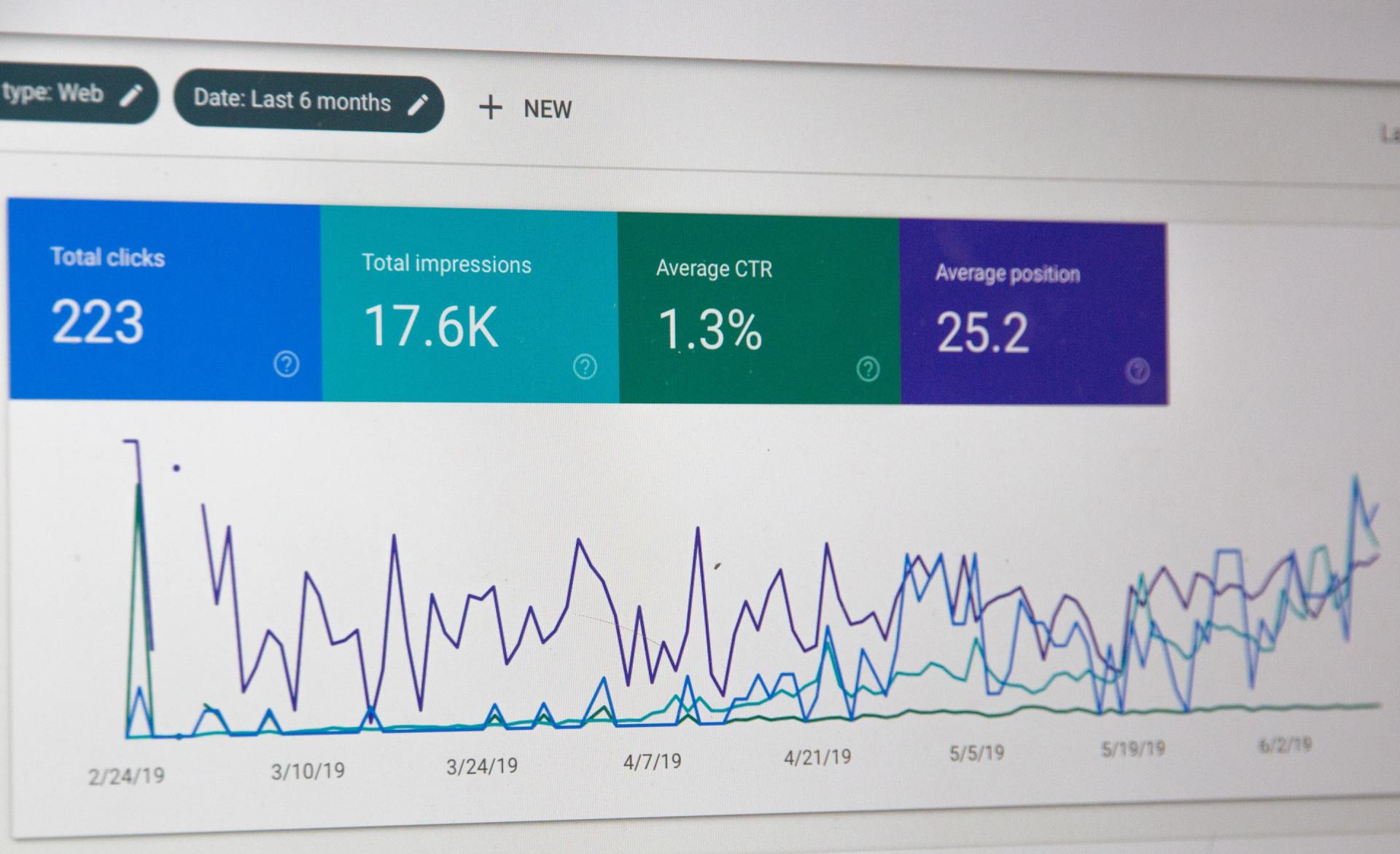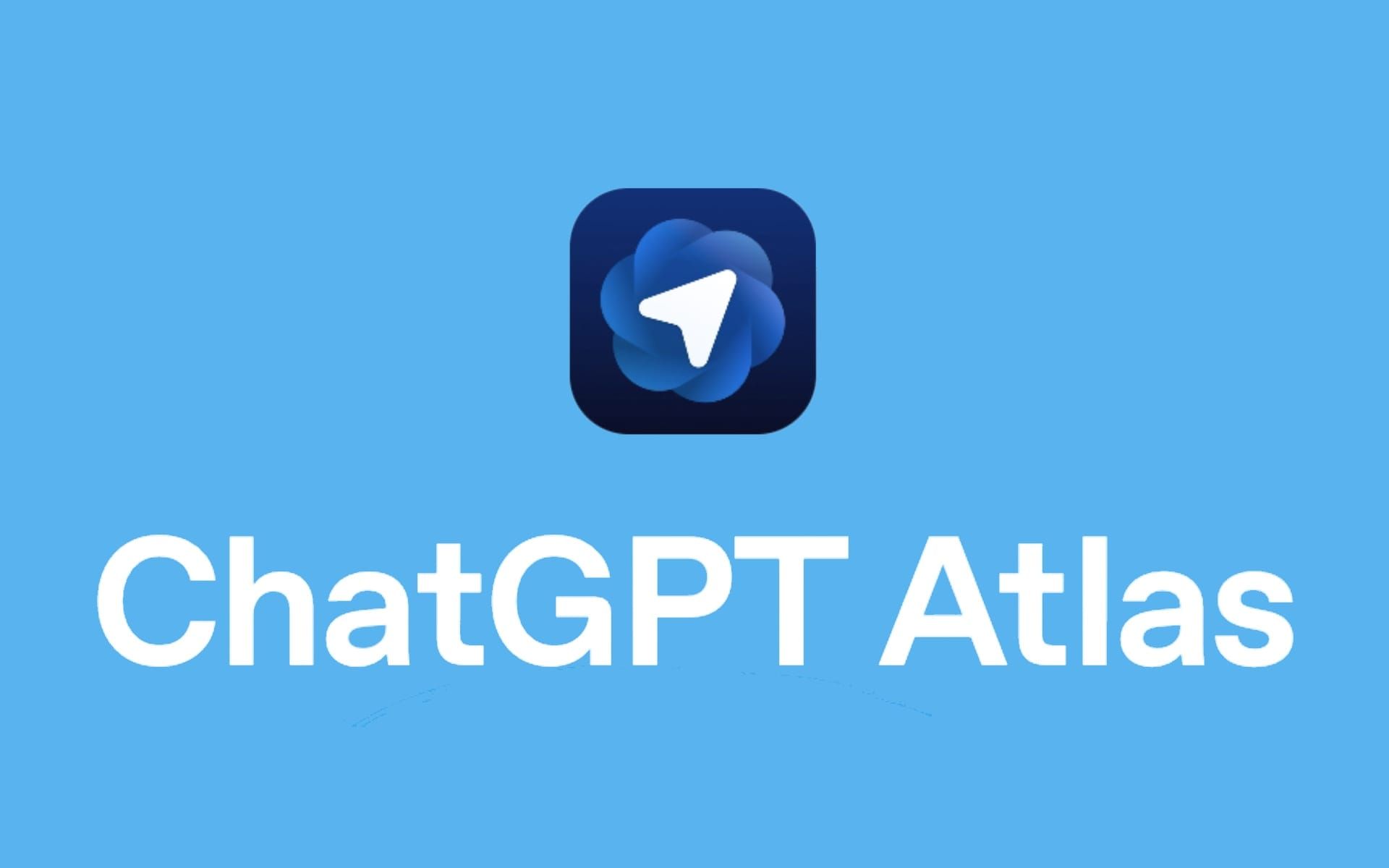How to Conduct Market Research: A Comprehensive Guide
The modern consumer has very high expectations from the products and services they use.

They can efficiently conduct product or service research on their own and make purchase decisions with very little influence from companies and brands. Today's consumer possesses a power like no other in history.
Additionally, more and more consumers prefer to ask for referrals from people they know, or they read online reviews rather than talking to your sales reps. Thus, it is advisable that you play an active role in their
customer journey. Doing so will give you more control over their experience.
To circumvent this, you'll need to adapt your marketing strategy to complement the way consumers nowadays research, shop, and buy.
This means you should have a deep understanding of your
customer segment, i.e., who your buyers are, what influences their purchase decisions, and their behavior. And this is where
market research enters the chat.
Market research is a powerful tool that can do wonders for your bottom line. This comprehensive guide will discuss all the factors that you have to consider to conduct proper market research. We will look at the following:
- What is market research?
- Primary vs. Secondary research
- Types of market research
- How to do market research.
What is market research?
In simple terms, market research is a process of gathering information about your target audience. It's also about your consumer's buyer personas to determine how viable and successful your product or service would be, and/or is, among your customers.
Why do market research?
The proper
market research allows you to accurately determine your value proposition to your customer segment. Not only does it help you to meet your buyer where they are, but it also allows you to clearly define why your target market should spend money with your brand.
By understanding your buyer's challenges, pain points, problems, and desired solutions, you can tailor-make your product and services so that they naturally appeal to them. The market research also provides valuable insight into the factors that contribute to the financial success of your business, including:
- Where your target market and current customers conduct their product and service research.
- Popular trends in the industry and in the eyes of your target audience.
- Where your target audience goes to look for information, purchases, or options (your competitors)
- The individuals, businesses, and other players that make up your market and the challenges they face.
- The factors that influence conversions and purchases in your target audience.
Primary vs. Secondary Research
As you begin to consolidate your market research, you'll most certainly bump into primary and secondary market research phrases. But what do they mean?
The simplest way to think about primary and secondary market research is to envision them as two separate but related ways to collect actionable information on your products and services.
Let’s discuss the two of them below.
Primary Research
Primary research refers to first-hand information that you collect about your market and the consumers within your market. This research is valuable when segmenting your market and establishing your buyer personas. Primary market research can further be divided into two segments; exploratory and specific research.
Exploratory Primary Research
This type of exploratory primary market research is focused more on potential problems that might be worth tackling as a team rather than following customer trends. It is usually the first step before any measurable or specific research is performed. Examples include; surveys or open-ended interviews with a small group from your target market.
Specific Primary Research
Specific primary market research, on the other hand, is usually the next step following exploratory research. It is used to tackle issues or opportunities your business has already identified as necessary. In specific research, you need to take a smaller or more accurate segment of your audience and ask questions to solve a suspected problem.
Secondary Research
Secondary research refers to all the data and public records you have at your disposal to reach certain conclusions. For example, you can look at trend reports, market statistics, industry content, and sales data available to you. Secondary research is a handy tool you can use to analyze your competitors. Your secondary market research will include the following:
Public Sources
Public sources are your first and most accessible tools when you're conducting secondary market research. The great news is that most public sources are free to find, use and review.
If you don't know where to begin, government statistics are some of the most popular types of public sources. For example, you have access to the U.S. Census Bureau and the Bureau of Labor & Statistics, both of which offer valuable public market data and information on the state of several industries across the nation.
Commercial Sources
Commercial sources often come in the form of market reports. These market reports consist of industry insight compiled by several and reputable research agencies. The only drawback is that these professional reports cost money to download and obtain.
Internal Sources
Internal sources are some of the most overlooked market research tools. The great news is that this data is already in your possession. The following internal sources are at your disposal:
- Customer retention rates
- The average revenue per sale
- Historical information on the health of old and new accounts
All these sources can help you draw significant conclusions on what your consumers might want.
Now that we've dissected these primary market research sources and branches, let's discuss the different types of market research you can conduct.
Types of Market Research
1. Interviews
Interviews are a great way to have face-to-face discussions (whether in-person or virtual). This allows you the opportunity to have a natural, free-flowing conversation, and you get to observe body language and facial cues.
2. Focus Groups
Focus groups are crucial in providing you with a handful of carefully selected consumers to test out your product. You can let your consumers watch a demo, or they can give feedback and/or answer specific questions to help you.
3. Product/Service Use Research
Product or service use research gives you insight into how and why your customer segment buys your product or service. You can use this type of market research to determine your business's value proposition to the consumer. You can get an idea of the product or service's usability for your target audience.
4. Observation-Based Research
This type of research allows you to take an objective stance so you can observe the ways in which your target market uses your product or service. You'll have to look at what works well in terms of UX(a systematic study that targets users to collect and analyze data), what challenges they face, and which parts of it could be easier for them to apply and use.
5. Buyer Persona Research
Buyer persona research is a tool that gives you a realistic look at the individuals that make up your target audience. It looks at why they want your product or service, their challenges, what they need from your business and brand, and so much more.
6. Market Segmentation Research
Market segmentation research can categorize your target audience into different groups based on specific and defining features. This allows you to determine effective ways to meet your customer needs, learn about their goals, understand their expectations and pain points.
7. Pricing Research
Pricing research helps you determine what your competitors are charging for similar products or services and what your target audience expects or is willing to pay. All this information will help you to get a definitive pricing strategy that will win.
8. Competitive Analysis
You need a deep understanding of the competition in your industry and market. A competitive analysis is the best tool for this. It helps you learn about what's doing well in your industry and what your target market is already rushing towards in terms of similar products.
Competitive analysis also helps you determine which of your competitors you should work to keep up with and surpass and how you can stand out from the competition.
9. Customer Satisfaction and Loyalty Research
Customer satisfaction and loyalty research can assist you in looking into how you can get recurrent business from your current customers. It involves looking into what will motivate them to do so; for example, you can use loyalty programs, rewards or develop remarkable customer service. This type of market research will help you discover the most effective ways to give and promote joy among your customers.
10. Brand Awareness Research
Brand awareness research gives you a picture of how your target audience and your current customers view you. This type of research gives you insight into what your target market knows about and recognizes from your brand. You'll get to know what associations your target market makes when they hear and think about your business.
11. Campaign Research
This type of market research involves looking into your past campaigns and analyzing their success among your target market and current customers. This requires a deep analysis of what reached and resonated with your target audience. You can keep those things in mind for your future campaigns and hone in on the characteristics or features that matter the most.
Now that you know the types and categories of market research let's figure out how you can go about conducting your market research.
Below is a step-by-step process of how to do market research.
How to Do Market Research
1. Define your buyer persona
Before you start working on how customers in your industry make purchasing decisions, you must first understand who they are.
This is where having your buyer personas comes in handy. Buyer personas (also referred to as marketing personas) can be defined as generalized fictional representations of your ideal customers.
Buyer personas help you envision your audience, organize your communications, and create a solid strategy. Some of the critical characteristics you should be keen on including in your buyer persona are:
- Age
- Gender
- Location
- Job title(s)
- Family size
- Income
The idea of buyer personas is to guide you on effectively reaching and learning about the actual consumers in your industry. It's also quite common to find that your business lends itself to more than one persona, and that's completely normal. You just need to think carefully about each specific persona when optimizing and planning your marketing, sales, or pricing content and campaigns.
2. Identify a persona group to engage
Now that you know how to identify your buyer personas, you can use that information to help you segment a group to conduct your market research. This group should be a representative sample of your target customers. You should get a better understanding of their characteristics, challenges, and buying habits.
This persona group should also help you identify and engage people who recently made a purchase or purposefully decided not to make one.
Below we have some tips and guidelines to help you find the right people for your research.
How to Find the Right People to Engage for Market Research
Choosing the right people is essential. So start by focusing on people who have the characteristics that apply to your buyer persona. We recommend focusing on one category. However, if you feel it's necessary to research multiple personas, ensure that you recruit a separate sample group for each segment.
Choose people who have recently bought your product and interacted with you.
Start with individuals that have completed an evaluation with you within the last six months or within a year. The timeframe will depend on the length of your sales cycle and the type of market you're in. Since you'll be asking very detailed questions, their experience must be fresh.
Gather a mix of participants.
You need a mixed bag of participants. So you need to recruit people who have purchased your product, bought a competitor's product, and those who have decided not to purchase anything at all. While it's easier to recruit your current customers, sourcing information from outside your customer demographic will help you have a balanced view of your market.
Also, consider the following steps:
- Aim for at least 10 participants per buyer persona
- Keep a list of customers who made a recent purchase as they are usually the easiest set of people to recruit. Suppose you're using
Customer Relationship Management
(CRM) software. In that case, you can run a report to see which customers purchased from you within the last six months and filter it for the characteristics you're looking for. If not, you can work with your sales team to get a list of appropriate accounts from them.
- Have a list of customers who were actively evaluating your product but didn't make a purchase. Get different buyers who either purchased from a competitor or decided not to make a purchase. Again, you can use a CRM system to track your purchases.
- Use social media to get participants. Try reaching out to people who follow your social media platforms which either bought or decided not to buy from you. There's a strong chance that some of them will be willing to talk to you and give you feedback.
- Use your own network to get the word out. This includes coworkers, Linkedin connections, and even former colleagues. If your direct links don't qualify to give your feedback, ask them to spread the word on your behalf.
- Have an incentive. The modern world is fast-paced. Consumers don't have much time to make decisions or participate in a study, so giving an incentive will motivate them on your behalf.
3. Create questions for your market research participants.
One of the best ways to ensure you get the most out of your research is to be prepared. Always have a discussion guide — whether it's an online survey, a focus group, or a phone interview. This helps you ensure that you cover all of the questions and allow you to use your time wisely.
Keep in mind, though, that it's not intended to be robotic. Your method must be balanced, and the discussions should be natural and conversational. We encourage you to be flexible and change the line of research and questioning according to how the conversation is flowing.
Ensure that your discussion guide has an outline format with a time allotment and several open-ended questions for each section.
Open-ended questions are seen as the golden rule of market research because you need to avoid asking yes and no questions. These questions are seen as leading and put you at risk, unintentionally influencing their thoughts by leading with your own hypothesis. Asking open-ended questions also assists you in avoiding one-word answers which aren't helpful to the research.
Now let’s give you an example of how to conduct a proper market research survey.
Example Outline of a 30-Minute Survey
We've given you a detailed guideline of how to conduct a 30-minute research survey. You can use the following tips in an in-person interview or as questions posed on an online form to administer a survey to your target customers.
Background Information (5 Minutes)
Ask the consumer to give you some background information; for example, ask for their title, how long they've been buying from you, and so on. You can also ask fun or easy questions to warm things up, such as their favorite musician, concert, a restaurant in town, last vacation, etc.
The goal is to get to know your buyers in very personal ways. You should also capture basic information such as age, location, and job title from your contact list. You would be surprised by the many things you can learn by asking the right questions.
Below are some other key questions you should ask your target audience:
- Tell me about your personal responsibilities?
- Describe how your team is structured?
- What are the team's goals, and how do you measure them?
- What has been your biggest challenge in the past year?
You need to focus on the specific purchase or interaction your customer made that led to you including them in the study. The following three stages of the buyer's journey will focus specifically on that purchase.
Awareness (5 Minutes)
In this section, you need to focus on how your target audience first realized they had a problem that needed to be solved without getting into whether or not they were aware of your brand.
So you should ask your participant the following questions:
- When did you first realize you needed a [name the product/service category, but not yours specifically]. What issues did you have at the time?
- How familiar were you with the different options on the market?
- How did you know that something in this category could
help you?
Consideration (10 Minutes)
Here you’ll want to get very specific about how and where the participant researched potential solutions. Remember to interject when necessary to get more details.
- What was the first step you took to research potential solutions?
- How helpful was this source?
- Where did you search to get more information?
If you can't get organic answers, you can ask more questions about search engines, websites visited, people consulted, and so on. Gently probe and ask more questions such as:
- How did you find the source?
- How did you use vendor websites?
- Did you use specific words to search on Google? What were they?
- Was it helpful, and could it be better?
- Which site provided the most (and least) helpful information? What did that look like?
- Tell me about your experiences with the sales department from each business?
Decision (10 Minutes)
- Which of the sources you used above was the most influential in your decision-making?
- Do you have any criteria that you use to compare the alternatives?
- Which business made it to the shortlist, and what were the pros/cons of each?
- Was anyone else involved in the final decision? What role did each of these people play?
- What factors ultimately influenced your final purchasing decision?
Wrapping Up
Here, you want to wrap up the survey and figure out what could have been better for the buyer.
You should ask the participant what their ideal buying process would look like. Ask them how it differs from what they experienced?
Also, make sure you allow time for further questions from your buyers. And don't forget to thank them for their time and give them an incentive at the end.
4. List your primary competitors.
The next step is to list your primary competitors. But it’s not just about listing the competition on a piece of paper.
Sometimes you'll find that a branch in a company might be in direct competition with your service or product. Still, the rest of the company would be focused on other areas. A great example is Apple. Their main products are mobile devices and laptops, but Apple also competes with Spotify through their Apple Music division.
Other great examples could be from a content standpoint. You compete with a blog, YouTube channel, or a publication for inbound website traffic, even though your products don't overlap.
Or a toothpaste company might compete with health magazines or blogs even though the publications don’t sell physical oral care products.
So you need to carefully identify competitors whose products or services directly overlap with yours. This starts by determining which industry or industries you're pursuing. For example, you can look into sectors like education, construction, media & entertainment, food service, healthcare, and so on.
How to Identify Industry Competitors
The list of industries is long but figure out an industry term that best describes your business and use it to create a list of competitors. You can start building your list in the following ways:
- Use
G2 Crowd to review your industry quadrant: It is the best first step in conducting secondary market research. The site aggregates user ratings and social data to create "quadrants," where you can view companies in different categories such as contenders, leaders, niches, and high performers.
- Grab a market report copy: Several companies like Forrester and Gartner offer both free and gated market forecasts annually on the companies leading their industry.
- Use social media: Social media is one of the best ways to get comprehensive information about competitors if you use the search bar correctly.
How to Identify Content Competitors
Search engines like Google are your best friends when conducting secondary market research. As a content creator, there are thousands of online publications with which you compete with.
So you can take the general industry term you identified above. With a simple search, come up with more specific industry terms that best identify your company. The more precise you are, the better your market research.
Once you’ve compiled this list, do the following:
- Google it: Google is a powerful tool, and the search engine is undoubtedly the best in the world. So don't underestimate the value of seeing the websites that come up on the first result page. This will give you a good idea of what you're competing with.
- Compare your buyer persona with the search results that you get. This analysis will give you an idea of how likely a competitor's publication on Google will steal website traffic from you. If it's highly likely, then add that website to your list of competitors.
You'll also need to have a similar Google search for the industry terms you identify with and look for repetition in the website domains that come up. Analyze the first three result pages for each search you've done. These websites are ranked there by Google because they have relevant content. You should observe them carefully as you build your own content collection.
5. Summarize your findings.
We've laid down a lot of information today, and it can be overwhelming. So we suggest that you look for common themes that will assist you in creating a list of action items.
You can use any presentation software to make a report because this will make the process of adding diagrams, quotes, or call clips easier for you.
The outline below should help you craft a clear summary:
- Background: Identify your goals and figure out why you conducted this study.
- Participants: Jot down who you talked to. You can use a table to break groups down by persona and customer/prospect.
- Executive Summary: Write down the most exciting things you've learned. What do you plan to do about it?
- Awareness: Write down the common triggers that lead someone to enter into an evaluation.
- Consideration: Present the main themes you uncovered, including the detailed sources consumers use when evaluating products or services.
- Decision: Describe how a decision is really made by including the people at the center of influence and any product features or information that can make or break a deal.
- Action Plan: Your analysis has likely uncovered a few campaigns you can run to get your brand and business to your target audience earlier and/or more effectively. Now you need an action plan, and you can start by providing your list of priorities, a timeline, and the impact it will have on the company.
Conducting market research the proper way is a very eye-opening experience. Regardless of whether you're just starting out or have a comprehensive idea of your buyers, this process will likely uncover new information that will help your business immensely.













